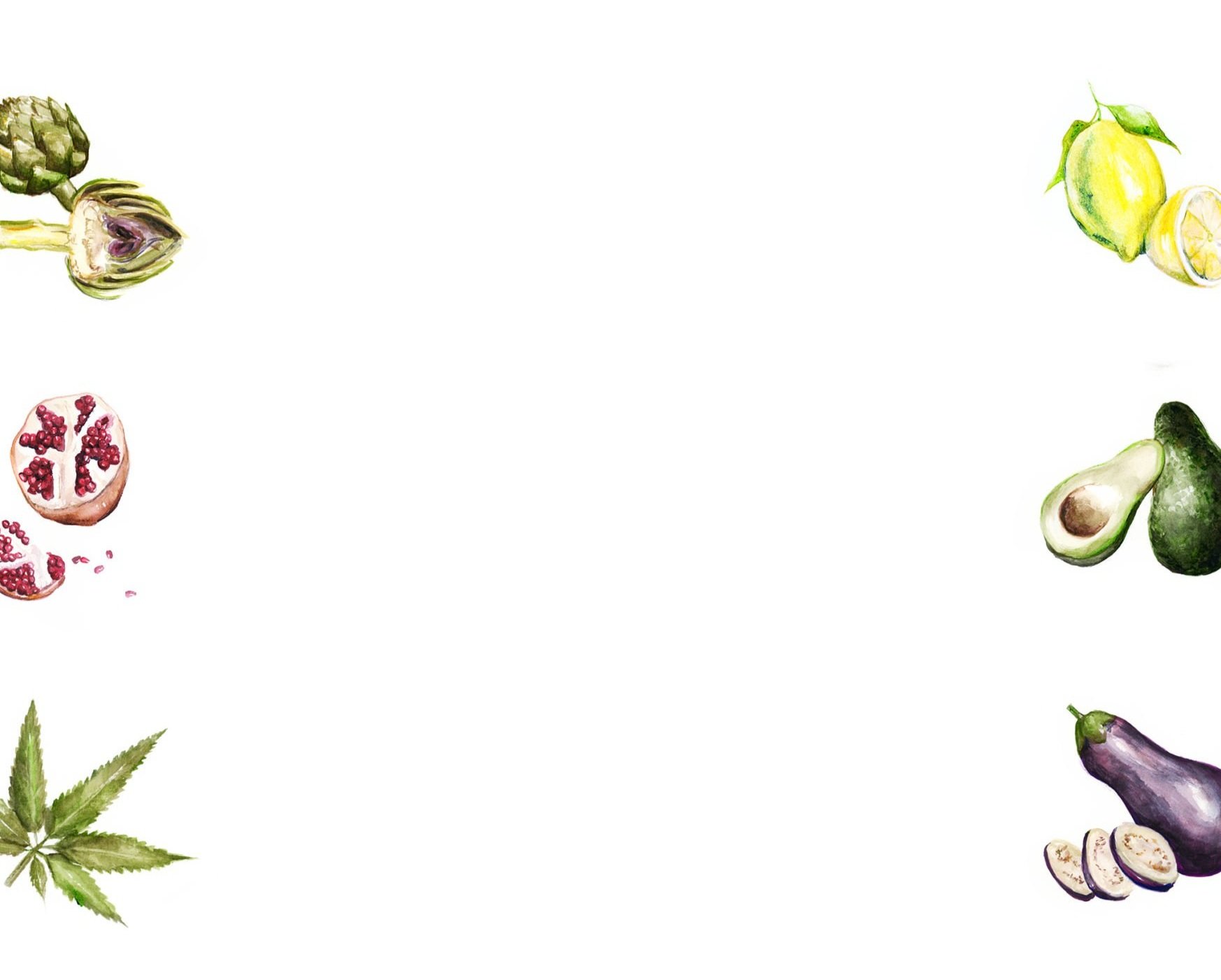
WELCOME TO THE CANNAISSEUR CLASSROOM
Learn more about Cannabis.
Cannabis is an incredible plant that has been used throughout history, across cultures, for its unique medicinal and spiritual properties. It is insanely complex, and we are still discovering more about it each day. Let’s get to know this special ingredient a little more.

When you go to select your cannabis, you will be met with a dizzying array of choices. The first way to narrow your selection is by species:
sativa indica, or, usually, a hybrid of the two.
Sativas are generally known as “daytime” strains because they impart an uplifting, energetic, head high. Indicas, on the other hand are better suited for “nighttime” enjoyment because they typically give you more of a body high, making you feel relaxed, mellow, and sometimes sleepy.
The look of the flowers even mimics these attributes. Sativa buds are tall and airy (imagine your head in the clouds), while indica buds are dense and plump (imagine sinking into a cushy couch).
Hybrids provide a combination of effects to give you the best of both worlds, leaning toward one spectrum or the other, depending on whether they are sativa dominant or indica dominant. The crossbreeding and creation of new hybrid strains give growers endless opportunities to experiment and create new strains, all of which will have their own unique set of qualities and effects.
Most dispensaries are staffed with highly knowledgeable budtenders who can help you choose a strain that’s a good fit for your needs. Don’t be shy about talking to them about the desired effects you’re looking for.
When you examine your cannabis, pay attention to a few main things. We like to do a SPOT check:
Strain
Is it a sativa, indica, or hybrid? What are its characteristics? What kind of high can you expect?
Potency
What percentage THC/CBD is it? What is its cannabinoid profile? (see Cannabinoids: Effects + Benefits, page XX)
Odor
How does the flower smell? Aroma and flavor are inextricably connected. Seventy-five to 95 percent of what we taste is actually smell, and that absolutely applies to cannabis. If it smells good, it will probably taste good, too.
Terpene
Terpenes are the essential oils in the plant you smell. Beyond fragrance and flavor, the distinct terpene profile of a strain also plays a role in the overall therapeutic effect. If you know which terpenes are present in the bud you are buying, you can glean a sense of how it will make you feel, or how it can help you.
The Endocannabinoid System
This is a crash course in how cannabis works in your body. In broad strokes, that body of yours is made up of many systems. One very important system is an internal regulatory system known as the endocannabinoid system. Cannabis can stimulate this system by introducing cannabinoids (i.e., THC, CBD), that bind to receptors in our body’s cells and produce a variety of therapeutic effects. The endocannabinoid system helps regulate the nervous and immune systems via a complex group of molecules and receptors. This receptor system, thought to be the largest in the body, helps maintain many essential physiological processes including appetite, memory, blood pressure, inflammation, immunity, and pain sensation among others. Scientists believe the endocannabinoid system first evolved in primitive animals more than six hundred million years ago.
Cannabinoids: Effects + Benefits
Both the human body and the cannabis plant produce cannabinoids that bind to receptors in the endocannabinoid system. Cannabinoids are crucial to some of the body’s most basic physiological processes. To date, scientists have identified more than one hundred unique cannabinoids in cannabis (with the potential for more, since there are more than 750 distinct natural chemical components in this miracle plant that have yet to be studied in depth). Each of these chemical compounds interacts with the body’s endocannabinoid system in a unique way.
Cooking with Cannabis
There are many ways to create your edibles at home. As well as endless information and research available. Here is a breakdown for you.
4 Steps to Making Edibles:
Make an Infusion
Find a Recipe
Decarboxylate
Calculate Dosage
INGESTING CANNABIS
First, we should point out, that ingesting cannabis is an entirely different ballgame from smoking it. There are a few main points to note.
Longer Onset
When you smoke or vape cannabis, you can feel the effects within minutes. Because of the way ingested cannabis is metabolized, the effect of edibles can take anywhere from 30 minutes to 2 hours to hit—in some cases even longer. Because you can’t feel the effects right away when you ingest cannabis, it can be easy to overdo it. As you embark on your edibles journey, a good rule of thumb is to start low, go slow.
Longer Lasting
The high you experience from smoked cannabis usually lasts from 1 to 3 hours. Ingested cannabis produces a longer-lasting high that can last from 3 to 7 hours, sometimes more depending on the dose.
More Intense
When you smoke cannabis, THC is absorbed through your lungs and travels to your brain to get you high. When you ingest cannabis, that same THC travels through the stomach and is metabolized in the liver, which then allows it to cross the blood–brain barrier more effectively, resulting in a more intense high.
How to Enjoy Edibles
When experimenting with edibles, start with a small amount, wait up to 2 hours to gauge its effect, and then decide if you want to eat more. Edibles are notoriously difficult to dose consistently—even with professionally packaged edibles, you can have two different products, both touting the same dosage, that feel very different. If you want to be cautious, it’s not a bad idea to repeat this exercise each time you try a new batch of edibles.
Everyone reacts differently to ingested cannabis. Your body weight and metabolism play a part, as does your tolerance level (smoking tolerance, by the way, is different from edible tolerance), and variables such as whether you consume it on an empty stomach.
If you have never experimented with edibles before, we recommend starting with a 1- to 5-mg THC dose. If you occasionally dabble or have a moderate tolerance, you may prefer a dose of 5 to 10 mg of THC. Once you learn how edibles affect you, you can set and adjust your dose as needed to ensure a safe and enjoyable experience.
If you’ve overdone it, relax, breathe, and rest assured knowing no one has ever died from a cannabis overdose. (Opioid overdoses, on the other hand, take an estimated 69,000 lives each year worldwide, according to the World Health Organization 2016 . . . We’ll just leave that fact right here.)








